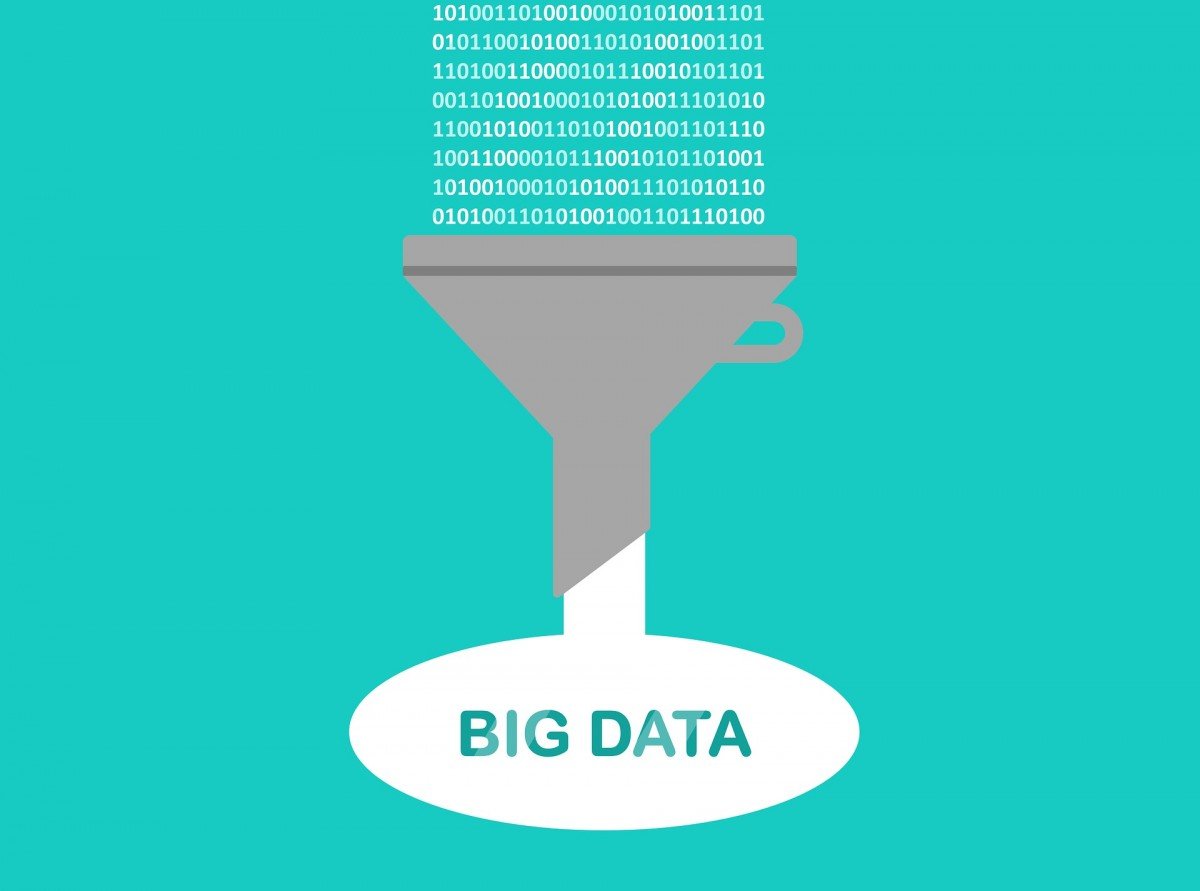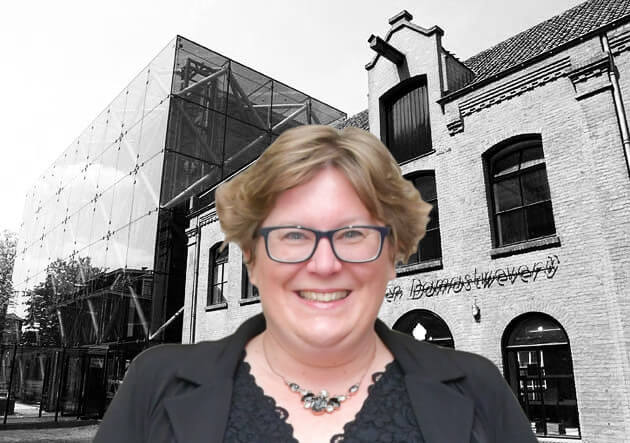
Of all the things that I am, I am first and foremost a scientist. As a scientist, I am in love with data. Data allow us to analyze patterns, to test hypotheses and to understand whether an intervention works or not. Data is a great tool for scientists to be able to do wonderful things with.
As a society, however, we have gone too far in our infatuation with data. Data is no longer a tool but has become the ‘holy grail’. We build data-driven organizations with data-driven marketing campaigns that we make data managers responsible for. You get all sorts of things ‘for free’ in exchange for your data these days. When data becomes the holy grail, we are treading on a slippery slope. By adopting data as the driving force, we are creating shameful, underground dealings that occasionally rise to the surface, as in the case of the Dutch benefits affair or the Facebook chronicles. Data-driven thinking pushes the human dimension into the background further and further down into the depths, until there is no human dimension left.
Data-driven thinking pushes the human dimension into the background further and further down into the depths, until there is no human dimension left.
Mother Teresa once said: “If I look at the mass, I will never act. If I look at the one, I will”. In other words, it is not data that makes people act, but the human faces that are hidden behind that data. According to Daniel Batson’s ’empathy-altruism hypothesis’, we help others as a result of our empathic feelings toward that other person. It is therefore warm emotion that pushes us forward and not cold statistics. The human factor is far more important than the data factor when it comes to action and progress. Charity and building a better world together does not come from data-driven thinking but from people-driven thinking.
If I look at the mass, I will never act. If I look at the one, I will.”
Mother Teresa
The fact that it is precisely the human factor that drives us to act can also be seen in the event of disasters. The ‘‘identifiable victim effect’‘ states that we are more likely to help people in need if the victims are specifically identifiable individuals rather than a large, vaguely defined group. As such, ‘Supersizing’ does not work where charity is concerned. It is not the extent of the other person’s suffering, but the tangibility of the other person’s suffering, that determines whether we want to do something about that other person’s suffering (this is eloquently explained by behavioral scientist Dan Ariely in this video. We give more to one sponsored African child through Plan International than we spend on hunger in Africa in general. We give more to the victims of 9/11, than to the victims of malaria (even though there are many more victims of malaria than there are 9/11 victims). This may not be rational, but it is how we humans are. We let ourselves be guided by emotions, not by statistics.
Nevertheless, we desperately need statistics. If people are more supportive of people who are more easily identifiable than of groups who are not, then it is a good idea to make adjustments at the point when you notice that the group that is more difficult to identify with actually needs the help more than the easily identifiable group. We need to steer towards being people-oriented, towards empathy and towards compassion and make adjustments the moment data shows us that another path is better for humanity. In other words, we need to make sure that data helps us as humankind once more. Let’s add value to the lives of others, rather than derive value from someone else’s data.
Let’s add value to the lives of others, rather than derive value from someone else’s data.
Therefore, organizations should avoid the word ‘data-driven’ at all times. A fine ought to be imposed every time the word ‘data-driven’ is mentioned. After all, there can only be one kind of drive and that is ‘human-driven’. So, let data once more be a tool for analyzing patterns, testing hypotheses and mapping the effect of interventions. But let the ‘holy grail’ be making other people’s lives a little better in some way – whether commercially or non-commercially.
Also read: Facial recognition as the Manhattan Project of our time
About this column:
In a weekly column, alternately written by Eveline van Zeeland, Eugene Franken, Helen Kardan, Katleen Gabriels, Carina Weijma, Bernd Maier-Leppla and Colinda de Beer, Innovation Origins tries to find out what the future will look like. These columnists, occasionally supplemented by guest bloggers, are all working on solutions in their own way on the problems of our time. So that tomorrow will be good. Here are all the previous articles.








